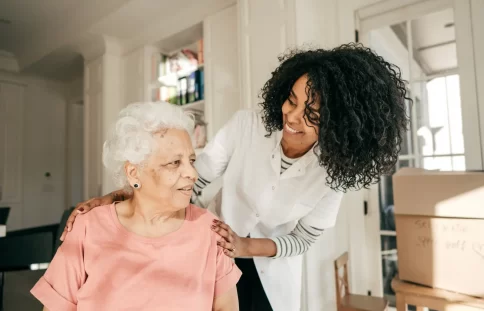Embracing a Holistic Approach to Stroke Recovery
Recovering from a stroke involves more than just medical treatment; it requires a holistic approach to regain both physical and cognitive functions. While the recovery path can be demanding, innovative therapies like The Bowen Technique offer promising support.
What is a Stroke and How is Affects Function
A stroke happens when the brain’s blood supply is suddenly cut off, depriving brain cells of vital oxygen and nutrients. This interruption can result in various cognitive impairments:
- Difficulty with speech and the production of language
- Difficulty with understanding language
- Motor Difficulties
- Sensory Impairment
- Balance and Coordination Difficulties
- Visual Difficulties
Immediate medical care is essential for stabilisation, but comprehensive, personalised care is crucial for full recovery, tailored to the unique challenges each individual faces.
Neuroplasticity and Recovery
Neuroplasticity, the brain’s remarkable ability to reorganise itself by creating new neural connections, is key to stroke recovery. Targeted exercises and therapies harness this natural process to help regain lost functions and enhance quality of life.
Bowen Technique can complement such efforts by improving structural alignment and nervous system function, potentially boosting the brain’s capacity to adapt and heal.
How The Bowen Technique Supports Recovery
The Bowen Technique offers a distinctive approach by focusing on structural alignment and nervous system efficiency to aid recovery in the following ways:
- Better Balance and Coordination: Essential for fall prevention and increased independence. Bowen helps to align the body, improve mobility and enhance body awareness to improve these critical functions.
- Enhanced Motor Function: Bowen Technique supports the restoration of normal movement patterns and develop new movement patterns to making activities of daily living more manageable.
- Pain Reduction: Chronic pain is a common challenge post-stroke. By addressing structural imbalances, Bowen can alleviate pain, leading to a better quality of life.
- Mental Clarity and Mood: Cognitive issues like memory and concentration difficulties can arise after a stroke as well as mood disturbances. Bowen can optimise nervous system function, potentially contributing to improved cognitive and emotional well-being.
Creating a Comprehensive Recovery Plan
While The Bowen Technique a valuable tool, it’s most effective when integrated with other therapies and lifestyle changes. Consider the following for a comprehensive recovery strategy:
- Physical Therapy: Vital for rebuilding strength, flexibility, and movement.
- Occupational Therapy: Assists in regaining essential daily living skills such as washing, dressing, cooking etc.
- Speech Therapy: Crucial for overcoming communication challenges.
- Nutrition: A balanced, nutritious diet supports brain health and overall recovery.
- Exercise: Regular activity promotes cardiovascular health and supports neuroplasticity, aiding in brain recovery.
- Emotional Support: Stroke recovery can be emotionally demanding. Connecting with support groups or individuals with similar experiences can provide valuable encouragement and comfort.
By combining NST with a comprehensive recovery plan, you can optimize your path to regaining health and improving well-being after a stroke.

